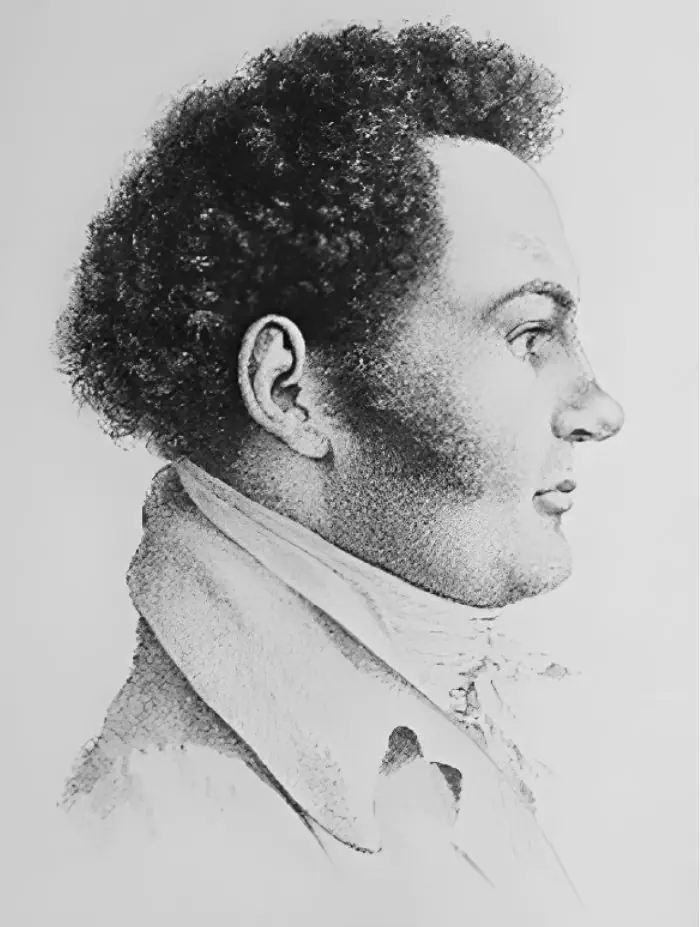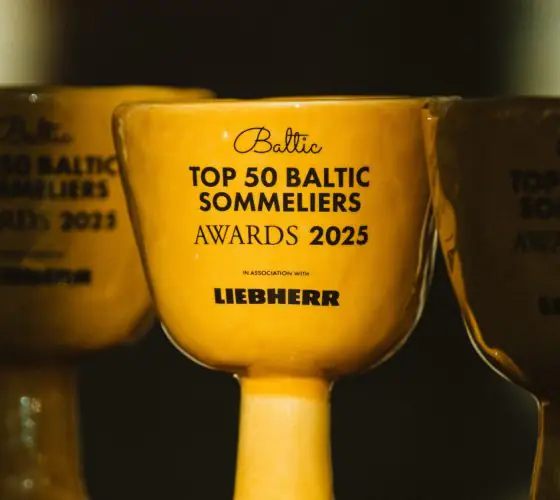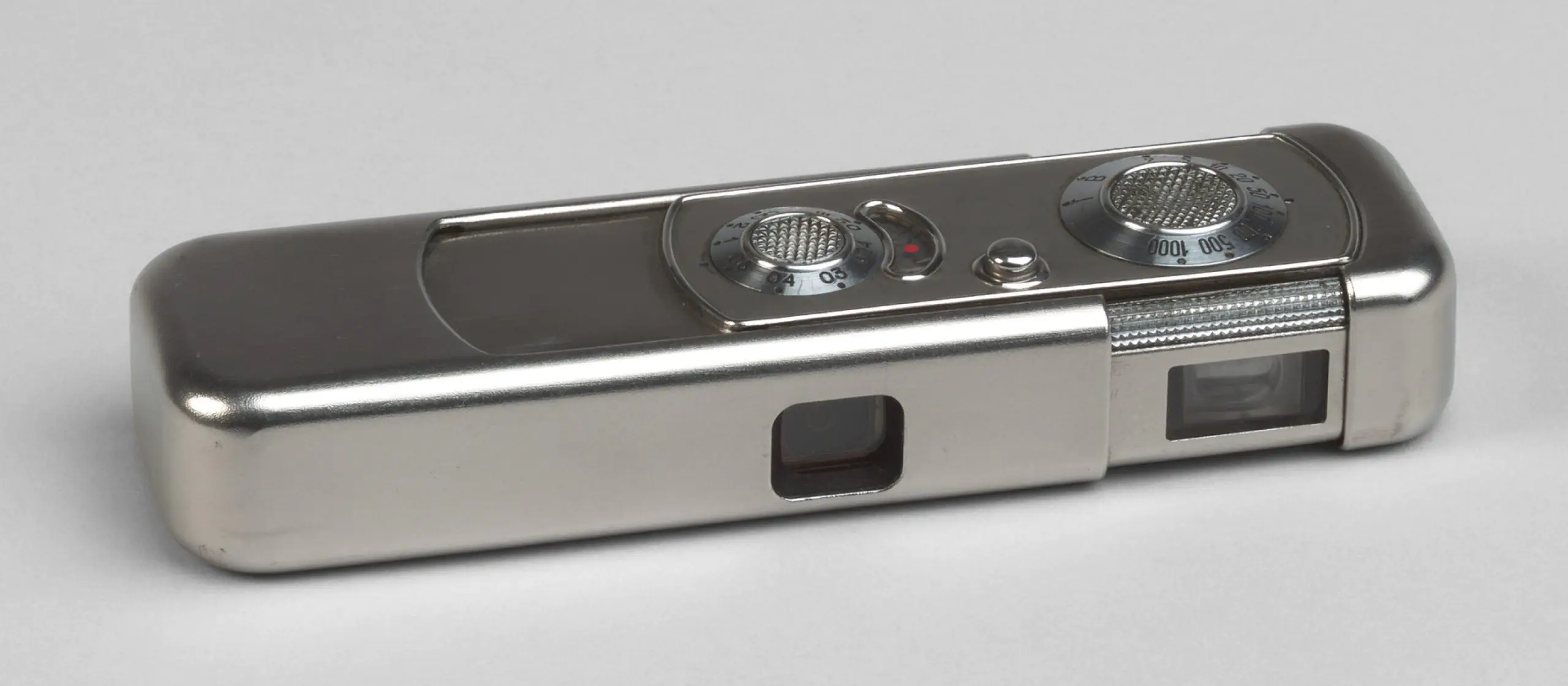
moma.org
Alexander Laime
In every story, even in the most incredible one, there is at least a bit of ruth
That’s what Aleksandr Laime, probably the most famous traveler of Latvian origin on the territory of South America, thought. He was born in Riga in 1911 and spent his childhood in the Grīziņkalns neighborhood, although mentally already then traveled somewhere in his adventure novels.
As a child, Aleksandrs and his friend, taking homemade bows and arrows as helpers, sailed around the Riga Canal (surely, imagining that this is a whole world); at 13 he got a job as a sailor on a steamship traveling from Sarkandaugava to Carnikava, and a little later, having settled in the Amazon jungle, became the so-called “King of Diamonds” and a successful businessman in Canama Tours.
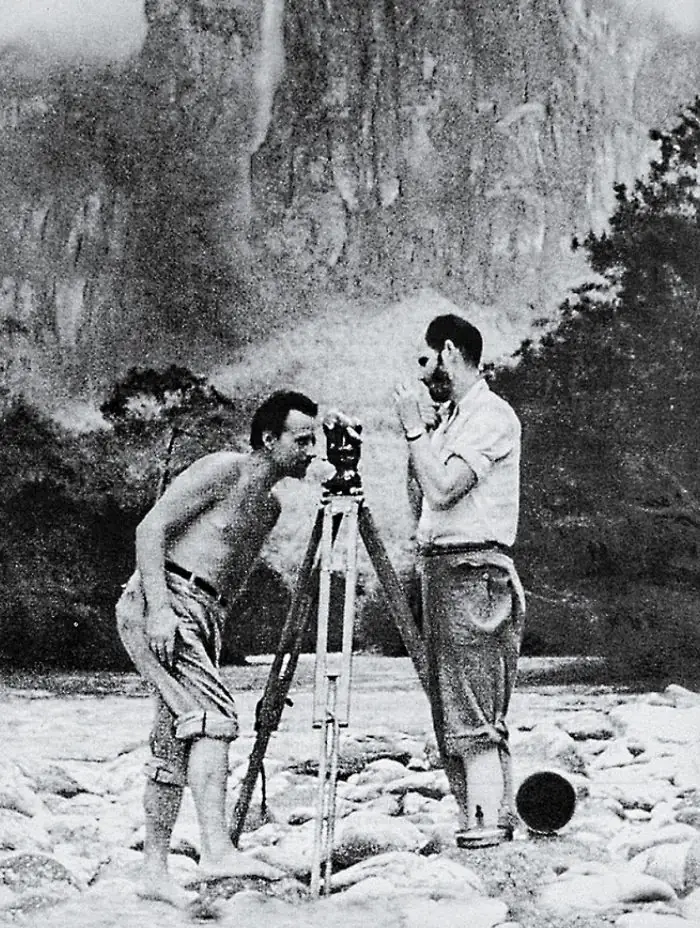

In 1949, Laime became the first person to measure the height and describe the world’s tallest uninterrupted waterfall—the Angel Falls in Venezuela. He walked almost all of Latin America and its hard-to-reach regions and made the very first descriptions of many of its tropical forests, mountainous regions and plateaus. Laime discovered the world’s highest rivers, which he named after famous Latvian rivers: Daugava, Venta and Ogre. He also discovered the river that feeds the already mentioned Angel Falls—and named it Gauja.
Inspired by Alexander’s story, Latvian writer Luīze Pastore wrote an adventure novel Children of Laime, about the adventures on the Orchid Island near the Devil’s Mountain. This, as the writer herself says, fictional story based on real events will definitely appeal to both young and already grown-up adventurers.
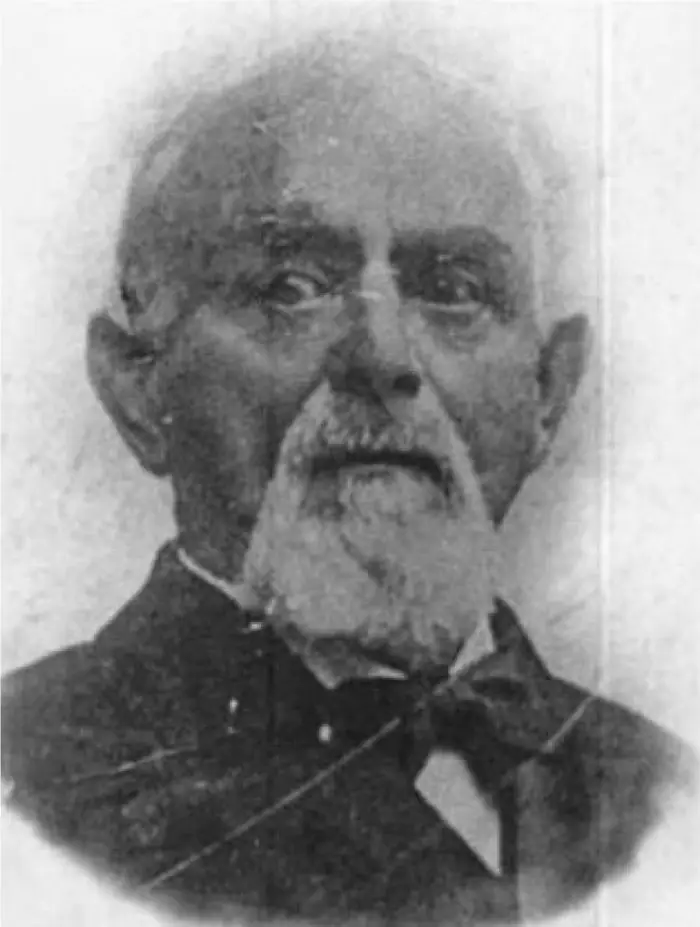
Jacob Davis
“Nothing looks more slouchy in a workman than to see his pockets ripped open and hanging down”. This is an excerpt from an article in the Pacific Rural Press from 1873, focusing on the work pants of that time—which really did have big problems with pockets. Until 1873, when Jacob Davis and Levi Strauss registered a patent—rivets, giving birth to a new type of work pants—jeans. The name of the first person, unlike the name of the second, is now familiar to almost everyone. Although the author of the idea was Davis—a native of Latvia.
“I was born between 1831 and 1832 in a small town on the Dvina River, near the city of Riga in Russia [back then Latvia was part of the Russian Empire]”. This is what Jacob would write in his emigration form upon arrival in New York. Here, his Jewish surname Yufes would change to Davis, his first name Jākobs—to Jacob, and he became a successful American businessman. In 1869, Jacob opened a tailoring shop in Reno, Nevada, specializing in the production of work pants and canvas tents.
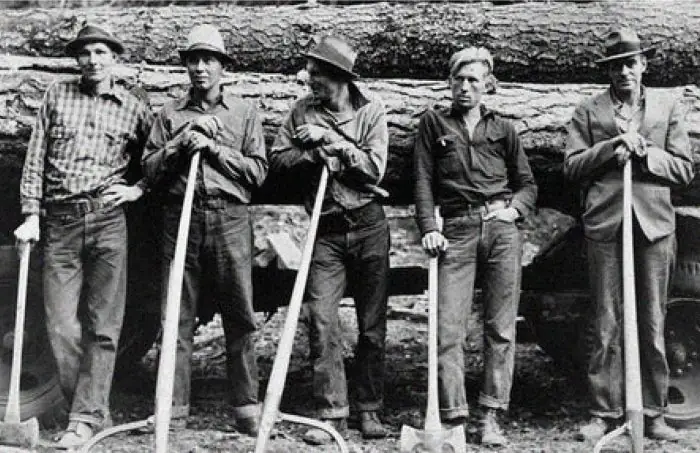
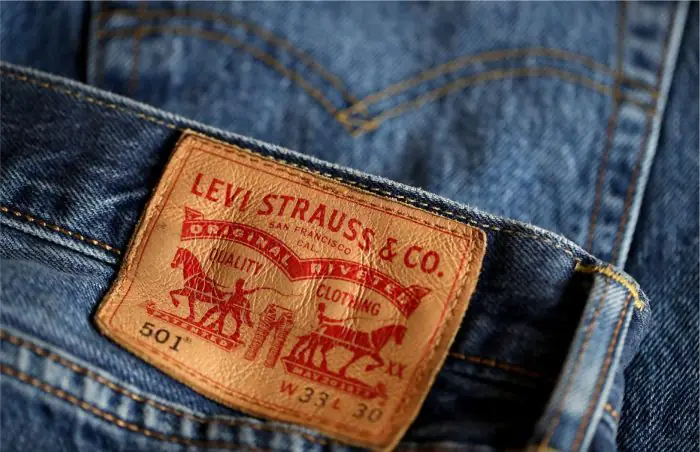
This period became the culmination of his career: it was here that he came up with the idea of attaching pockets of work pants (in order to make them easier to wear) with copper rivets. A simple item—yet an important function. Due to a lack of funds, he could not patent the idea himself, so he offered his fabric supplier—no other than Levi Strauss—to patent it together. In 1873, the patent was approved, and in the first year about 21,000 pairs of pants and jackets of the new type were sold.
Now, Davis’ copper rivets are used all over the world in the production of a wide variety of denim products.
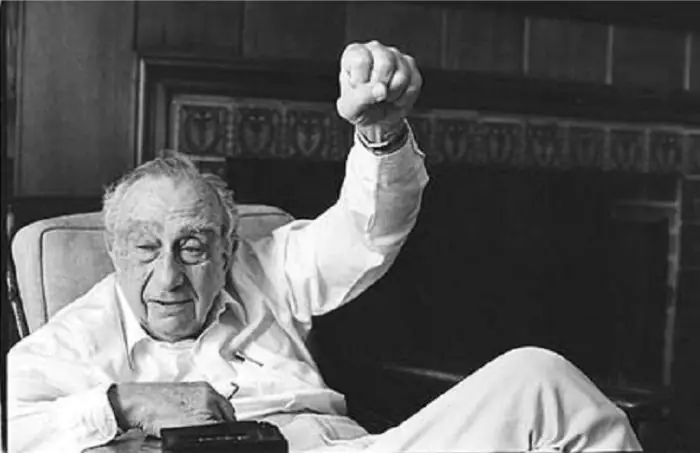
Alexander Liepa
The perfect shape, the perfect balance of taste, the unique packaging design. Pringles chips stand out from the competition and have become the most popular chips in the world in different years. Three people stand behind the innovative idea—Americans Fred Baur and Gene Wolfe, and Latvian immigrant Alexander Liepa.

In the 1950’s, engineer Fred Baur, who worked for Procter & Gamble, with the goal to reinvent the classic “broken, greasy, and stale” potato chips, developed a special shape, a hyperbolic paraboloid, and a cylindrical can for them. Technically, everything was fine, but the taste left much to be desired. Then Alexander Liepa, who had already immigrated to America and also worked for Procter & Gamble, took up the work. It was he who worked on improving the taste of Pringles, and, having brought it to perfection, patented their original recipe.
Walter Zapp
“Our camera is not only for handsome spies, but also for ordinary people who want an extraordinary camera that fits in the palm of their hand”
What is smaller than a cigar and weighs less than a lighter? The miniature Minox camera, invented by Latvian Walter Zapp in the 1930’s.
After finishing school, the Zapp family immigrated to neighboring Estonia. There, Walter began working in a Tallinn photo studio and it was there that he came up with the idea of creating a miniature camera that would fit in a closed palm. In 1936, a prototype of the revolutionary camera was created, Walter sent samples of the first photographs taken with it to the legendary VEF factory in Latvia and, after several technical changes, the camera was put into production. The Minox became the world’s smallest and lightest wide-film camera, becoming a frequent choice of secret service workers around the world—from CIA to KGB. By the way, the camera even helped James Bond in the On Her Majesty’s Secret Service film.
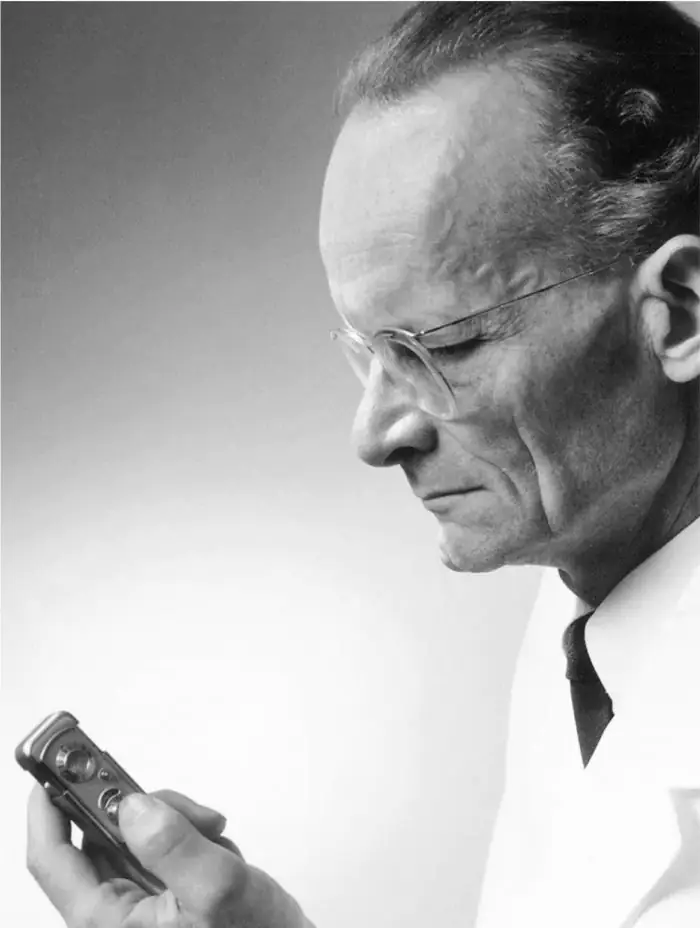
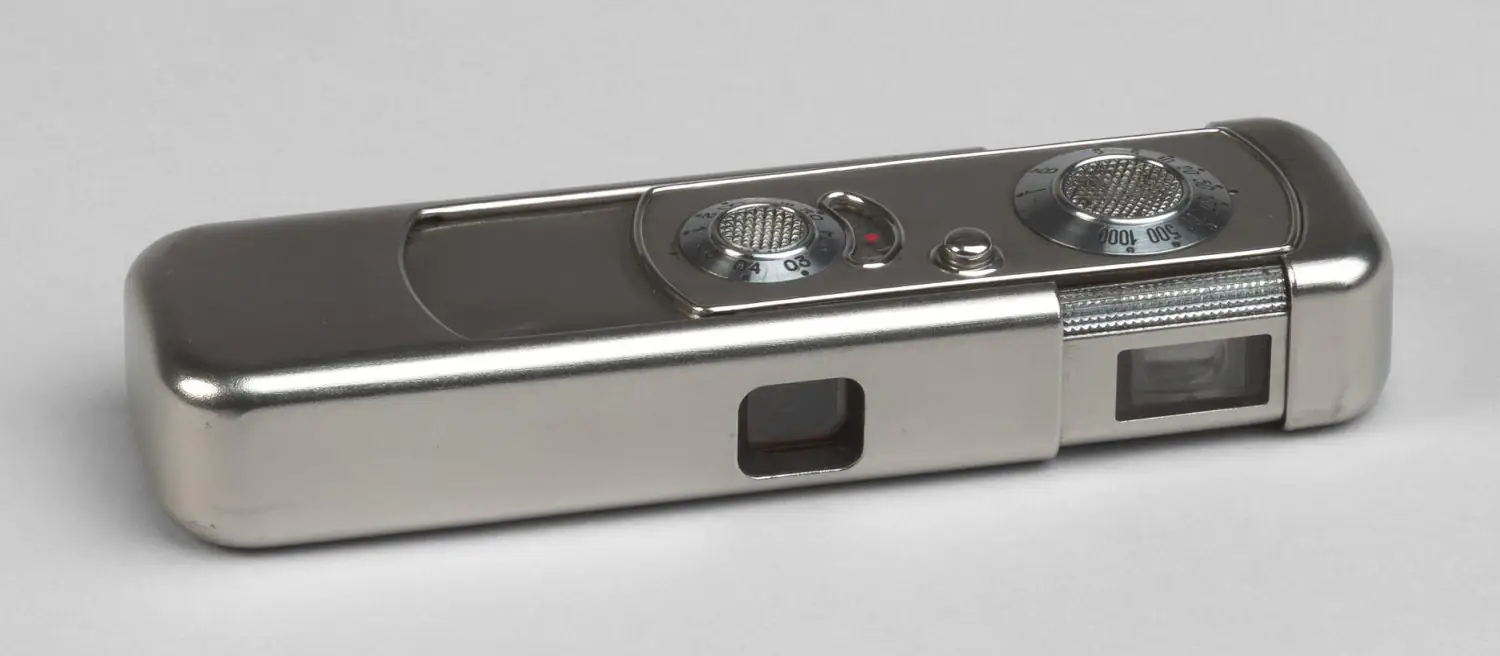
Visvaldis Dzenis
Another not obvious product directly associated with Latvia is—mozzarella. That soft cheese without which it is now difficult to imagine pizza, from Neapolitan to Margherita, or a classical summer salad. The history of the legendary cheese goes back centuries (it is believed that it was made as early as the first century AD), and production has always required manual work. However, the 20th century and the increase in consumption made its own adjustments—it was necessary to invent a device that would make the production faster and more efficient. Visvaldis Dzenis became the man who invented this revolutionary device.
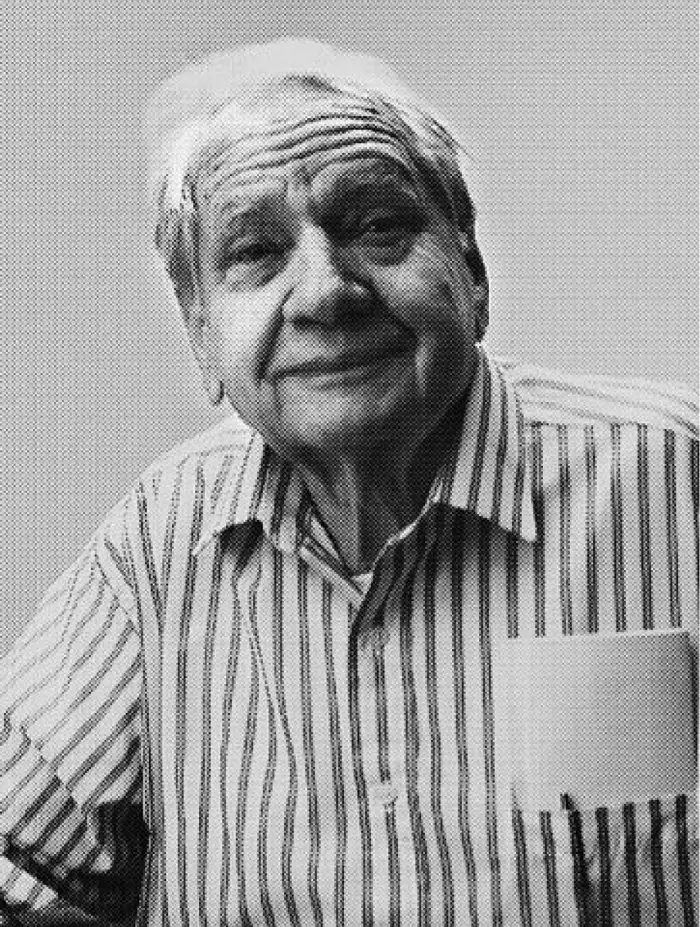
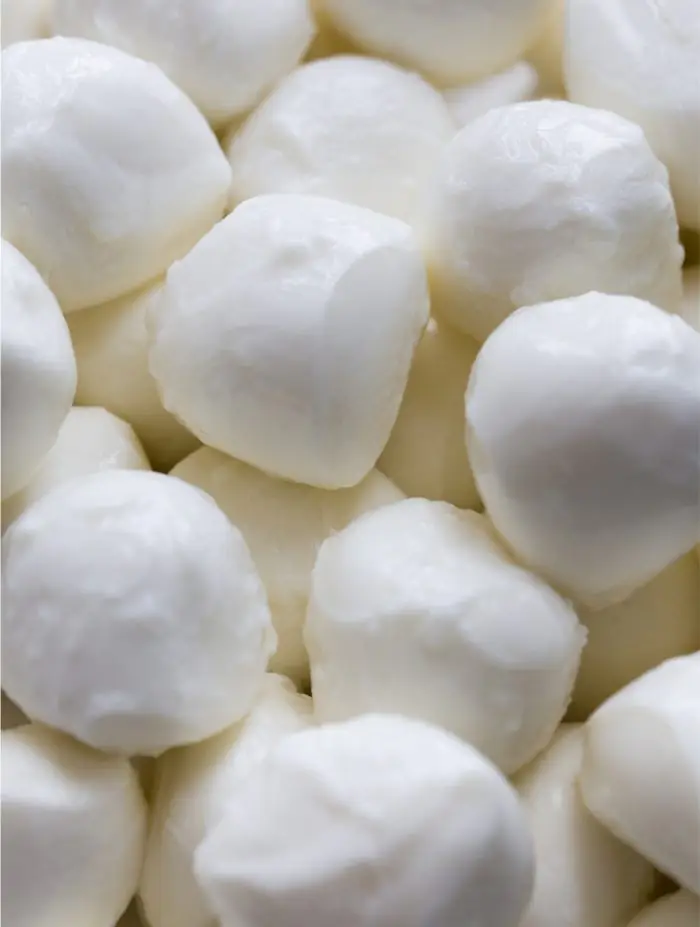
Dzenis was born in 1921 near Daugavpils, received a good education at the Jelgava Agricultural Academy, but then World War II broke out. By the will of fate, it was at this time that he found himself in Germany, and from 1943 he worked in the dairy industry in Ravensburg. In 1948, he became a certified cheesemaker and two years later immigrated to America. There, he got a job as a construction-designer at a cheese factory, and it was there that he invented a revolutionary machine that, for the first time in history, replaced manual mozzarella production with automation and made it possible to produce an average of 3,000 kilograms of the delicate cheese per day—volumes that were previously unimaginable.
A little later, Dzenis founded his own company, Dzenis Laboratories, Inc., which manufactured high-performance cheese-making machines and became a popular choice for customers in the United States, Europe, and Australia.
Wilhelm Ostwald
Science Belongs to All Humanity
Wilhelm Ostwald was born in Riga in 1853. As a child, he was fascinated by everything imaginable—from music to pyrotechnics—but eventually chose to study chemistry, entering and graduating from the University of Tartu. Then he moved to Leipzig and founded the world’s first physical-chemical institute there.
His most important achievements (humanitarians, be patient): the development of the theory of electrolytic dissociation, the relationship between the degree of dissociation of an electrolyte and its concentration (now known as Ostwald’s dilution law) and the elementary theory of color indicators. All this (and much more)—in ten year’s time. In 1909, Ostwald was nominated for the Nobel Prize.

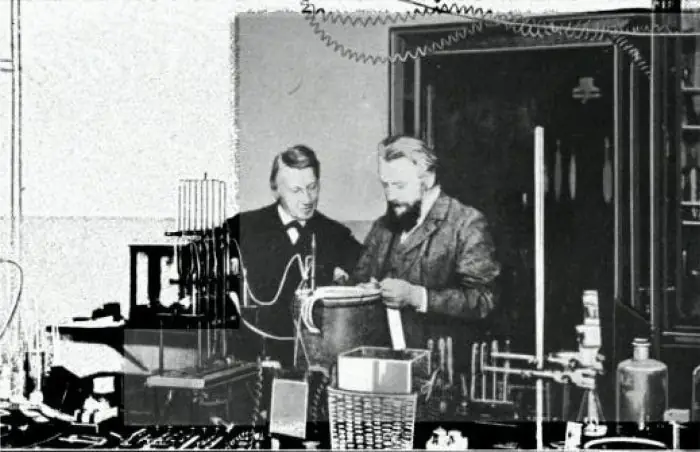
In addition to chemistry, Ostwald is known as a philosopher. He is the author of a philosophical theory (known as energetics) which became an alternative to materialism and idealism and which he applied to various fields of science, including chemistry, physics, biology and psychology.
Ostwald devoted the last years of his life to color science (and even managed to write a work with the same name on the topic), was engaged in painting, and organized exhibitions of his works.
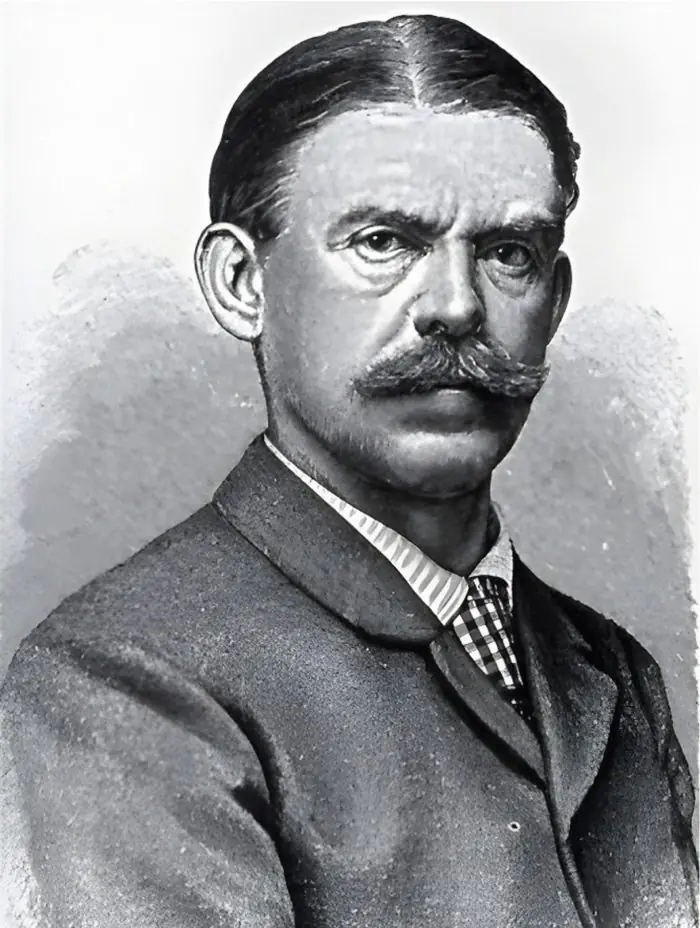
Georg August Schweinfurth
The story of Georg August Schweinfurth is the story of a sickly boy who became the most famous Latvian-born African explorer.
When Georg was ten, he was sent to a private boarding school in the Lindenru manor near Riga (now Mārupe). One of the school’s teachers, a son of an African missionary, often told his Baltic students fascinating stories from the African continent, especially focusing on its flora. And just like that, inspired by the teacher’s stories, Georg himself started to dream about travelling.
Gradually, he began to practice: first long walks, then—the very first expeditions to Kurzeme, and after—numerous to Africa. Now Georg is best known as an explorer of the upper Nile basin. He wrote a two-volume work, “The Heart of Africa”, in which he shares impressions of his expeditions deep into the African continent and describes unique aspects of nature and the life of local tribes.
Heinz Christian Pander
Throughout the world, Christian Pander is known as the father of embryology, an outstanding naturalist and paleontologist. He was born in Riga in 1794, graduated from the Riga Gymnasium, and then went to study at the University of Tartu. Later, he would study in Berlin, Göttingen and Würzburg, where he would receive a doctorate in medicine.
Many years of studying and research and—voilà—Pander made an important discovery in the field of embryology, describing the structure of the chicken blastoderm, a layer of cells that forms on the surface of the yolk of a fertilized egg at an early stage of its development. This discovery became a major step in the further development of embryology.
Pander did not continue career in this field, although he did not abandon science—he engaged in research in the fields of biology, paleontology and geology, devoting most of his time to studying fossils and skeletons found in different parts of the world. Research in this area led him to the conclusion that the entire living world is the result of a long, continuous evolution. Thus, Christian became one of the most outstanding evolutionists before Darwin.
